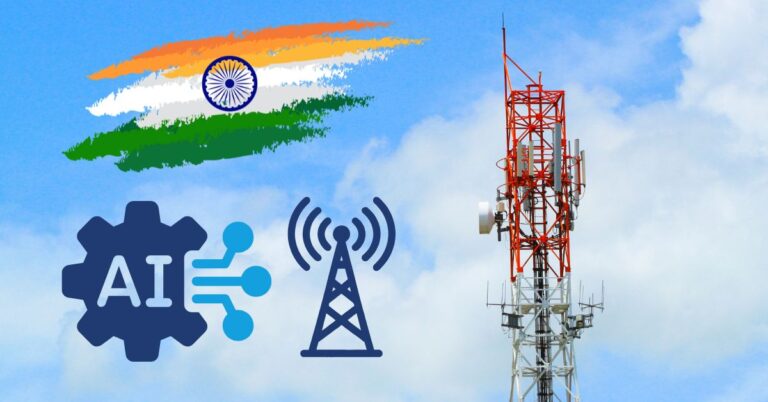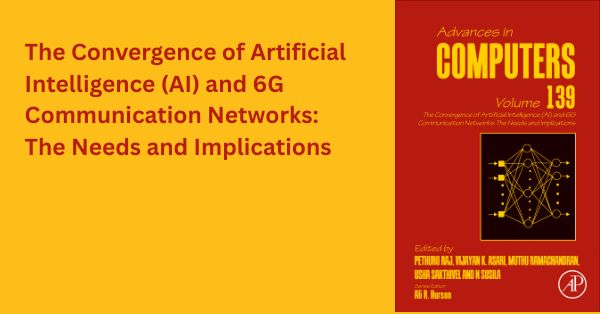Today, the need in fast-paced business operations is that the right products reach the right customers at the right time. And that is where technologies like Artificial Intelligence come into the scene and transform logistics as well as the chain of operation. The different ways AI has played a role in optimization processes like demand forecasting, last mile delivery, fleet management, and route optimization have had a transformation for companies to handle logistics today. This is also streamlining operations of field dispatch, thus making these traditionally complex tasks more efficient and reliable.
In this article, we discuss how AI has transformed key logistics and supply chain operations like demand forecasting, last mile delivery, fleet management, field dispatch, and route optimization, and also checks with companies on how to apply these AI-powered solutions for staying ahead in the competitive marketplace.
AI in Demand Forecasting
Demand forecasting is the process of attempting to predict how many customers, or users will demand your product or service in the future, based on history, trends in the market, and other influencing factors. AI brings unprecedented accuracy in demand forecasting through machine learning algorithms that look at massive volumes of data in ways impossible for humans to identify on their own.
For example, AI-driven demand forecasting can take into account real-time data from external factors such as weather conditions, socio-political events and economic changes. Such deeper sets of information allow companies to make their inventory levels more dynamic in anticipation of upcoming demand so that they neither over- nor under stock their products. An example that can highlight the relevance of AI in supply chain would be companies in retail business, e-commerce sites, and similar organizations that can better their chains and reduce costs while at the same time keeping their customers satisfied.
Besides, AI can keep learning and improving with new input data, which will make its predictions much more precise as the weeks go by. With the real-time character of AI, business companies can swiftly react to unexpected changes in demand, whether caused by some seasonal surge or even an unexpected disruption, which is very crucial in holding efficient operations afloat.
AI and Last Mile Delivery
Last mile delivery is defined as the transportation of goods from a distribution center to a customer’s door. It forms the most complex and expensive part in the logistics chain. It involves traffic congestion, high costs due to fuel, and customer unavailability during off-duty hours. The integration of AI with last mile delivery has dramatically improved the efficiency and reduced the cost of this process.
AI algorithms optimize delivery routes and deliver approximate timings of delivery. AI-based systems even try to predict possible disruptions such as traffic jams or bad weather. AI analyses real-time traffic and other logistical variables that determines an efficient delivery route. These create savings in delivery times, fuel usage, and other costs. More importantly, AI predicts delivery delays and automatically adjusts the estimates of delivery time with the customer in real time, making for an overall better customer experience.
The operational efficiency of a business that offers same-day or next-day delivery cannot be compromised when it has to meet expectations of customers in relation to such delivery.
AI-Powered Fleet Management
Fleet management is the administration of a firm’s transportation resources toward using vehicles and drivers in the most efficient way possible. Through AI, companies are enforced to improve their fleet management efficiency through an automation process of a wide range of fleet operations. With AI-based fleet management systems, it can monitor the vehicle health and forecast the need for maintenance while cutting down on fuel consumption. This means that the cost of operations decreases.
One of the main advantages of AI in fleet management is that it provides predictive maintenance. It will analyze real-time data regarding how the vehicles are performing, predict where a vehicle would be needing some repair or maintenance in due course, thus preventing costly breakdowns and the lifespan of the vehicles being extended, ultimately improving overall fleet reliability.
AI will also improve vehicle allocation with real-time demand such that resources can be optimized without waste. AI examines the context of driver performance, health of the vehicle, and timing for delivery and assures that the right vehicle is assigned to the right task at the right time.
AI in Field Dispatch Operations
AI can also be used to optimize the distribution of technicians or service professionals to work at various locations. In an AI-driven field dispatch system, the system would handle automatically all the distribution activities for the distribution of jobs to the right people with proper skill requirements, location, and availability.
For instance, an array of historical data in terms of job performance and the success rates among technicians may help an AI determine who may be best suited to perform a specific job. This does not only increase the chances of completing the job the first time but also minimizes the need to follow up.
It optimizes the dispatch process as well, where real-time traffic information can be utilized to ensure quick arrival at destinations, thus improving response times and satisfaction of customers in utility services, communication, and home service packages.
AI Route Optimization
Route optimization is important for fleets as well as last mile delivery. AI route optimization tools can process different factors at once, including traffic flow, weather conditions, fuel consumption, and deadline obligations, for each vehicle to find the most efficient routes.
Besides saving delivery time, it also saves fuel and wear out of the vehicles. AI-based route optimization systems are dynamic in real time. Drivers would be rerouted if an unplanned delay is brought on, such as accidents or road closure. Companies will be able to fulfill delivery schedules by reducing operational costs through this dynamic approach to route planning.
AI also includes optimizations in routes, taking into account multiple delivery stops, route adjustment for optimum travel time between locations, and ensuring delivery in the most efficient possible sequence. This highly proves valuable to companies that handle a large volume of deliveries or a company operating mainly in urban areas.
Conclusion
AI has totally optimized the logistics and supply chain business through processes such as demand forecasting, last mile delivery, fleet management, field dispatch, and route optimization. Since companies make use of AI on many of their processes, efficiency is enhanced, costs reduced, and customer satisfaction improved. Logistics are going to help businesses gain even further opportunities for remaining competitive in the ever more complex marketplace as AI continues to advance. Those who embrace AI-driven solutions early will be in the best position to tap into the fully available benefits in terms of higher operational efficiency and better customer experiences.











































